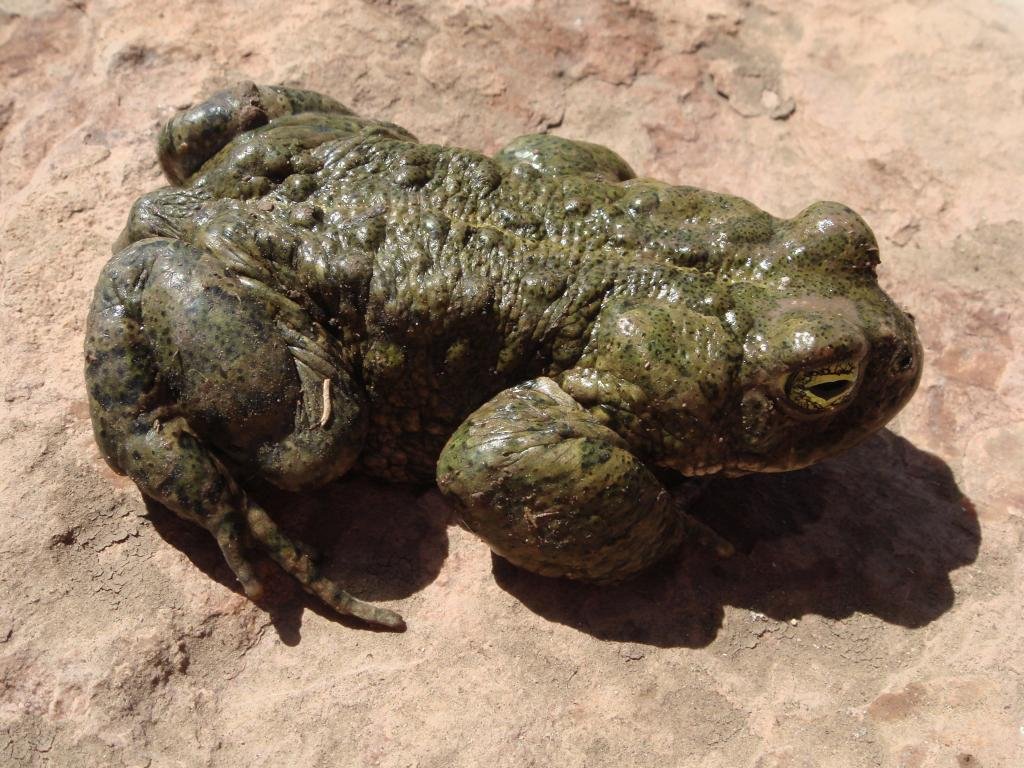A relatively large toad with a total maximum length of about 21cm, though males are rather smaller at 9-10cm and the average female is 15cm. The head is longer than wide, with a short rounded snout, and the area between the eyes is either flat or concave. The tympanum is barely visible, measuring about half the diameter of the eye. The fingers are short, the third being the longest, followed by the the first and then the second and fourth, these latter two being of equal length. There are two tubercles on the palms. The toes are relatively long and flattened.
I’ve been living in this lovely area of Western Andalucia for the last 20 years or so and dedicate most of my time to the running of English language tourist information websites for the towns of Cádiz, Ronda, Grazalema, the famous or infamous Caminito del Rey, and also Wildside Holidays, which promotes sustainable and eco-friendly businesses running wildlife and walking holidays in Spain. My articles contain affiliate links that will help you reserve a hotel, bus, train or activity in the area. You don’t pay more, but by using them you do support this website. Thankyou!




